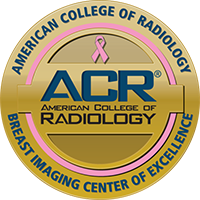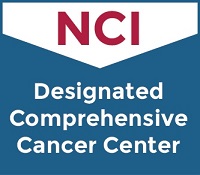3D Mammography Exams
The University of Maryland Breast Imaging Center is pleased to offer patients 3D MAMMOGRAPHY™, the most accurate mammogram available. This new exam technology is improving how breast cancer is detected by providing a superior mammogram for all breast types.
Breast cancer is the most common malignancy in women of all races and ethnicity in the United States and worldwide. Over 200,000 new cases of breast cancer are expected to be diagnosed among women in the United States every year. It's estimated that about 35,000 of those cases are fatal. Detecting these breast cancer cases at an earlier stage would mitigate the number of deaths from this common disease, and 3D mammography, or digital breast tomosynthesis (DBT), plays a crucial role in better breast cancer detection.
Researchers have found that 3D mammography provides:
- Up to a 41% increase in the detection of invasive breast cancers compared to standard 2D mammography alone
- Up to a 40% reduction in anxiety-provoking, false-positive recalls compared to standard 2D mammography alone
Standard 2D mammography has been the primary screening test, but is limited by superimposed breast tissue.
Conventional mammography has been shown to improve survival rates up to 40% in multiple randomized trials. This technology, however, produces two-dimensional images that pose intrinsic challenges at interpretation due to overlapping breast tissue. This superimposed breast tissue is estimated to mimic a lesion in about 5% to 12% of 2D screening exams that require recalls for additional imaging evaluation and, occasionally, biopsy. Even more concerning, superimposed breast tissue may also obscure a true lesion and miss cancer in up to 20% of cases.
3D Mammography is a better mammogram that overcomes the issues associated with superimposed breast tissue.
The newer, more advanced digital 3D mammography technology, also called digital breast tomosynthesis (DBT), produces a set of images rather than a 2D image of the breast. DBT decreases the challenges of interpretation due to superimposed breast tissue. The FDA approved DBT in 2011 for the same indications as 2D mammography, including breast cancer screening, diagnosis and intervention.
DBT/3D Mammography is the ideal option for most patients.
Multiple prospective, retrospective and observational studies have shown that DBT is superior to 2D mammography alone. These studies have shown:
- 15 - 41% relative increase in the detection of invasive breast cancers
- 15 - 40% relative decrease in women recalled for additional imaging
- 49% relative increase in Positive Predictive Value (PPV) for a recall
- 20% relative increase in PPV for biopsy
Additional studies have demonstrated increased cancer detection rates and decreased recalls with 3D compared to standard mammography across women of all age groups and different breast densities.
Patients report being more satisfied with a 3D mammogram.
More than 8 million 3D mammograms have been performed in the U.S, and women have responded very positively to this procedure. According to a recent survey of women who received a 3D Mammography™ exam and had previously had a traditional 2D exam:
- 98% of patients feel more confident and secure in their results from a 3D exam.
- 93% of patients reported feeling less anxious with 3D exams than with traditional 2D mammography.
- 91% of patients agree the quality of care provided by the facility was better with a 3D exam.
- 94% of patients are likely to request a 3D exam for their next mammogram.
Digital Breast Tomosynthesis is now available at our University of Maryland Breast Imaging Center, designated as Center of Excellence by the American College of Radiology. No specific order is required for DBT. This new technology is offered to all women.
If you are a physician who would like additional information about the 3D Mammography™ exam, please call 410-328-3215.




